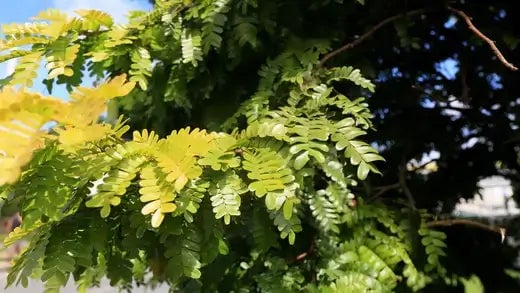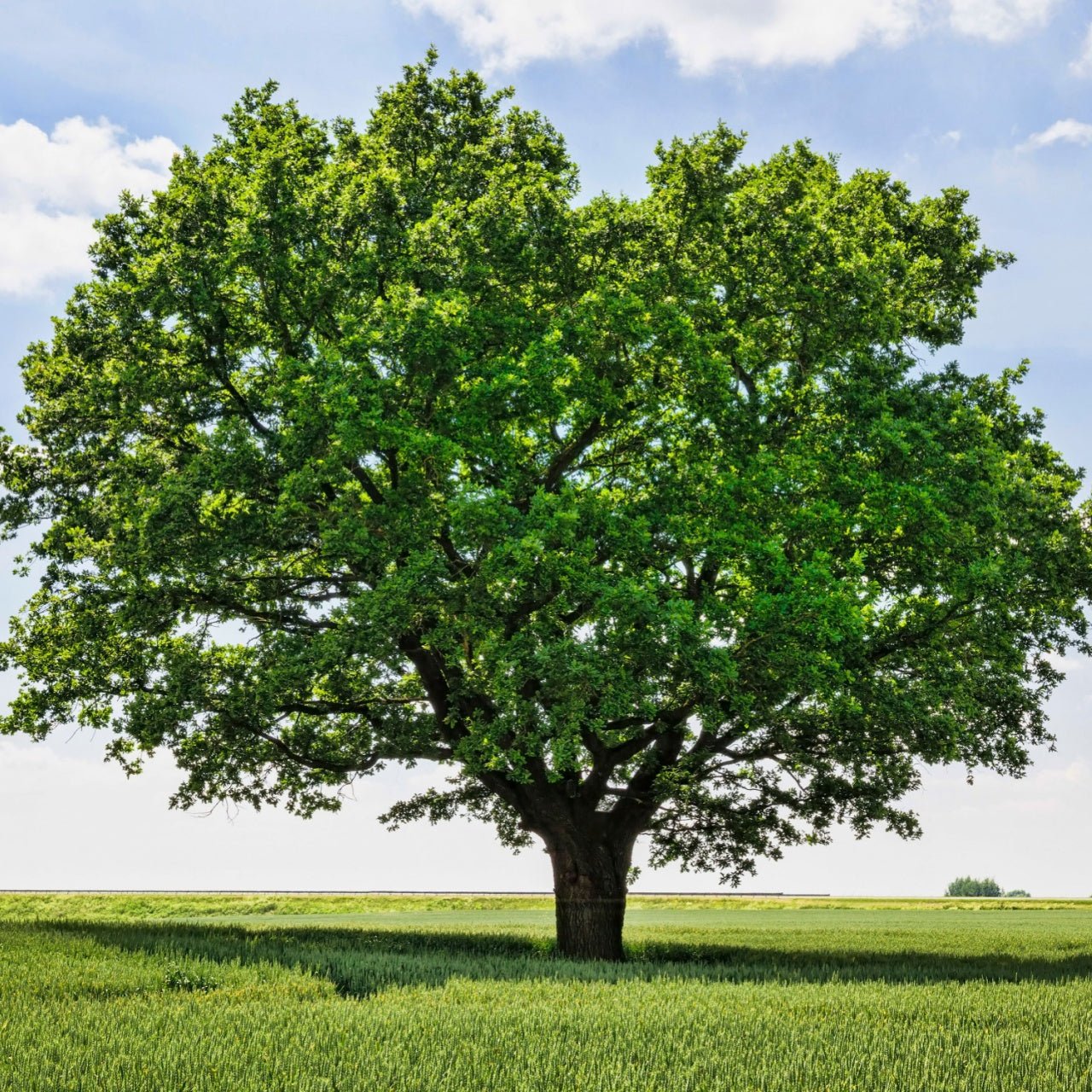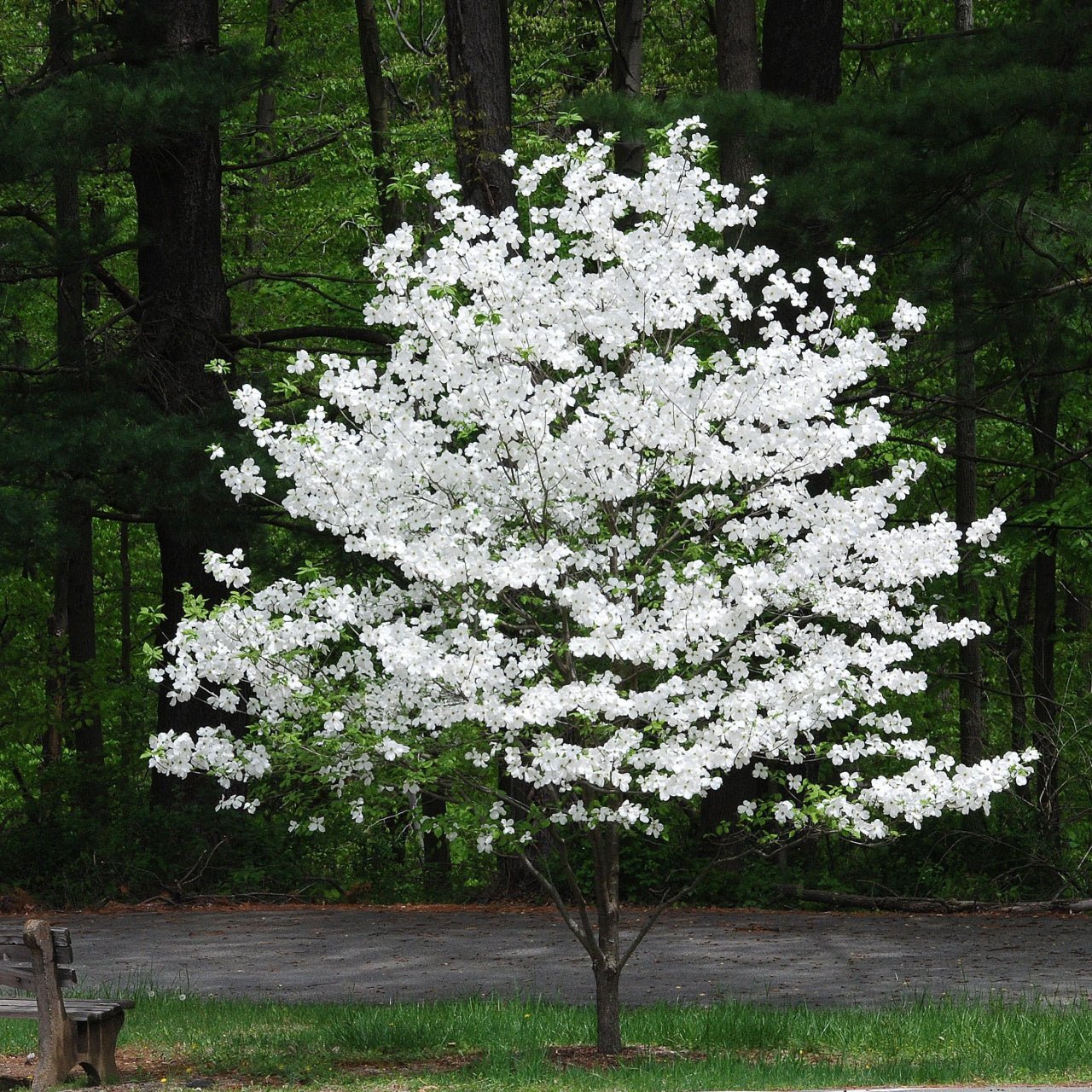The Significance and Benefits of Using Native Trees in Landscaping
Landscaping is an art that combines nature and design to create beautiful and functional outdoor spaces. Recently, there has been a growing emphasis on using native plants, particularly trees, in landscaping projects. Native trees, species that have naturally evolved in a specific region over time, offer many benefits that extend beyond mere aesthetics. From environmental sustainability to biodiversity conservation, incorporating native trees into landscaping designs can positively impact the natural world and human communities.
Ecological Harmony and Biodiversity Conservation of Native Trees in Landscaping
Native trees are integral components of local ecosystems, having evolved in tandem with their respective regions' climate, soil, and wildlife. When introduced into landscaping designs, these trees can seamlessly integrate with the existing environment, fostering ecological harmony. The close relationship between native trees and local wildlife is crucial in preserving biodiversity. These trees provide habitat, shelter, and food sources for various creatures, insects, birds, and small mammals. As native trees attract a diverse range of fauna, they contribute to the overall health and balance of the ecosystem.
Ecosystem Services and Environmental Benefits of Native Trees in Landscaping
The benefits of native trees extend beyond their role in biodiversity conservation. These trees provide ecosystem services that contribute to the well-being of natural and human environments. One of the most notable services is air purification. Native trees are adept at absorbing pollutants and releasing oxygen through photosynthesis, thereby improving air quality. This natural air filtration process can positively affect human health and create a cleaner and more pleasant outdoor environment.
Moreover, native trees are crucial players in regulating temperature. Their shade-providing canopies help mitigate the urban heat island effect, where built-up areas experience higher temperatures than their surrounding rural areas. By cooling the environment, native trees make outdoor spaces more comfortable for recreation, reduce the energy demands of air conditioning, and enhance the overall quality of life.
Water Efficiency and Conservation of Native Trees in Landscaping
In an era of increasing water scarcity, the choice of landscaping plants becomes pivotal in water conservation efforts. Native trees are well-suited to the local climate and soil conditions, often requiring less water once established than non-native counterparts. Their deep root systems make them efficient at accessing groundwater, reducing the need for frequent irrigation. By incorporating native trees into landscaping designs, water usage can be minimized, contributing to more sustainable water management practices.
Resilience to Climate Change
Climate change poses numerous challenges, including frequent extreme weather events and changing temperature and precipitation patterns. Native trees are inherently adapted to their local environments, making them more resilient in facing such challenges. These trees have evolved strategies to withstand climatic fluctuations, which enhances their ability to survive and thrive despite the changing conditions. By planting native trees, landscapers can contribute to the overall resilience of ecosystems and communities in the face of a changing climate.
Cultural and Historical Significance
Beyond their environmental benefits, native trees often carry cultural and historical significance. For indigenous communities, these trees may hold spiritual value and serve as a link to ancestral traditions. Native trees can also be associated with local folklore, historical events, or cultural practices; weeping willow is one of the many. Integrating these trees into landscaping designs allows cultural heritage preservation and fosters a more profound sense of connection to the land.
Reduced Maintenance and Long-Term Sustainability
Native trees are well-adapted to their surroundings, making them hardier and more resistant to pests and diseases than non-native species. As a result, they require less intensive maintenance, including using pesticides and fertilizers. This reduces the environmental impact of landscaping practices and decreases the overall cost and effort associated with upkeep.
Furthermore, the sustainability of native trees lies in their ability to establish and thrive without excessive inputs. Once installed, these trees can become autonomous components of the landscape, requiring minimal intervention and contributing to the long-term health of the ecosystem.
Educational Opportunities and Community Engagement
Incorporating native trees into landscaping designs offers valuable educational opportunities. People interacting with these landscapes can learn about the importance of native species, local ecology, and the intricate relationships between plants, animals, at the environment. Educational signage or guided tours can provide information about the native trees present in the landscape, fostering a sense of curiosity and environmental stewardship.
Mitigation of Invasive Species
Using native trees in landscaping can play a role in managing invasive species. When native trees are established and flourish, they can outcompete invasive plant species that might otherwise take over the landscape. This helps preserve the integrity of the ecosystem by preventing the spread of non-native species that can disrupt the balance of local flora and fauna.
Aesthetic Value and Design Flexibility
Native trees offer a diverse range of shapes, sizes, colors, and textures that can enhance the visual appeal of landscapes. From towering oak trees to flowering dogwoods, these trees can be used creatively in various design styles, whether formal, informal, or naturalistic. They can frame vistas, create focal points, and add a sense of place to outdoor spaces. Native trees can be seamlessly integrated into different types of landscapes, including parks, gardens, commercial properties, and residential areas.
Conclusion
Using native trees in landscaping is a holistic approach that encapsulates environmental consciousness, aesthetic appreciation, and sustainable practices. Beyond their beauty, native trees offer many benefits, ranging from supporting biodiversity and conserving water to mitigating climate change and fostering cultural connections. By selecting native tree species well-adapted to the local environment, landscapers and property owners could contribute to the health and longevity of ecosystems while creating stunning and harmonious outdoor spaces. As awareness about the importance of native trees grows, their integration into landscaping designs can reshape our urban and rural landscapes for a greener and more sustainable future.
Read more
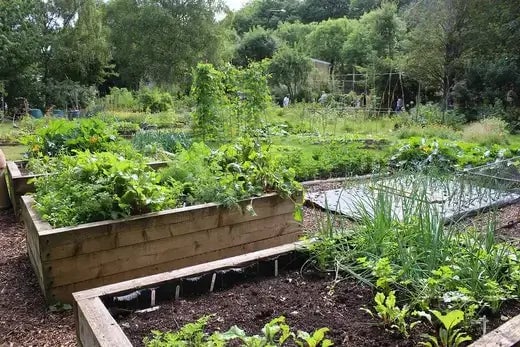
What is a beautiful garden? Perhaps one with many colors and varieties of flowers and plants. When most of us think garden, we think flowers. Here are a few tips for growing beautiful garden plants...
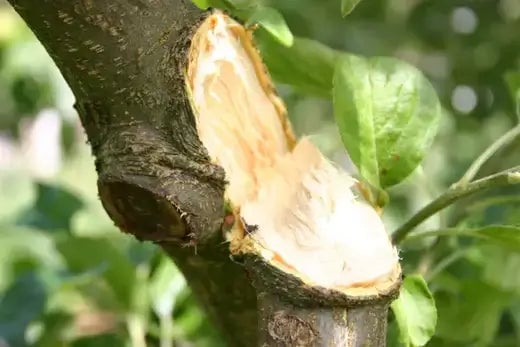
It's not the end of the road when a tree gets injured, be it from a storm, careless landscaping, or an accident. Trees are resilient, but they need some help to bounce back. Proper care after an in...
Family Owned and run with pride
Nestled in the heart of Middle Tennessee, TN Nursery is a proud family-owned business rooted in tradition, quality, and a deep love for plants. For generations, we’ve been dedicated to providing exceptional service and building lasting personal connections with gardeners, landscapers, and nature enthusiasts across the country. Our mission is to make planting and gardening more accessible, enjoyable, and rewarding—whether you’re a seasoned horticulturist or just starting your first flower bed.
We specialize in expertly grown native plants, perennials, shrubs, trees, and ferns that thrive in a variety of climates. Every plant we offer is carefully nurtured on our farm to ensure strong root systems, healthy growth, and long-term success in your landscape. From vibrant evergreens to colorful blooms and ground covers, we offer an expansive selection to help you create the outdoor space of your dreams.
At TN Nursery, we believe in more than just selling plants—we’re here to help you transform your garden into a place of beauty, sustainability, and joy. Our knowledgeable team is always available to answer questions, offer guidance, and share tips to ensure your planting experience is a success. Join our growing family of happy customers and let us help you bring your garden vision to life.


